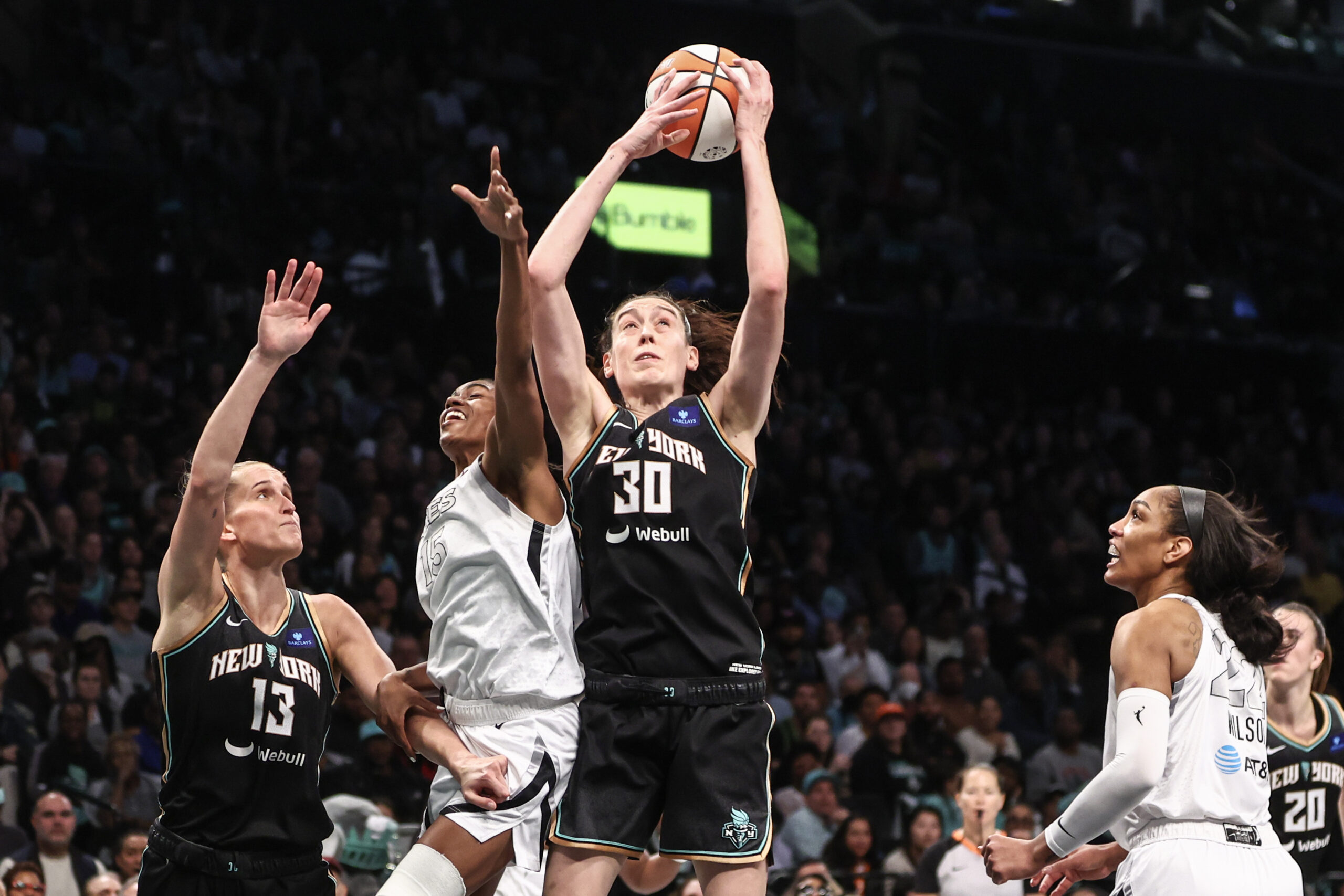

The WNBA has made significant strides in recent years, from increased media coverage to growing fan engagement.
However, the 2024 semifinals saw a notable dip in viewership. Despite the league’s positive momentum, a combination of factors led to this downturn, impacting what could have been a blockbuster moment for the league.
One of the most significant reasons behind the drop in WNBA semifinal viewership is the absence of major college star Caitlin Clark.
The impact of Caitlin Clark, a standout player from the University of Iowa, was evident throughout the season. Her games consistently attracted attention, boosting ratings significantly, even when she wasn’t playing in the WNBA but rather gaining fame from her college performances. The excitement surrounding her led to a surge in viewership earlier in the playoffs.
However, her early exit from the playoffs due to her team not advancing created a void in star power, which contributed to the decreased interest in the semifinals.
This emphasizes the importance of star players in women’s sports. Just like in the NBA or NFL, athletes like Clark help bridge the gap between casual and die-hard fans, creating a wider appeal.
One of the perennial challenges for the WNBA playoffs is competition with the NFL season. This season, the semifinals aired directly against NFL games, which dominated viewership on Sunday afternoons.
The NFL’s immense popularity has always been a roadblock for other sports trying to capture an audience in the fall, and this year was no different. According to recent data, the NFL continues to pull in massive numbers even in regular season games, making it difficult for other leagues like the WNBA to compete .
Scheduling games on Sunday afternoons during the NFL season, which is already packed with marquee matchups, was a gamble that didn’t pay off.
Another key factor in the drop in viewership was the inconsistent scheduling of the semifinals games. Due to broadcasting conflicts with other major sporting events, some WNBA games were pushed to ESPN2. This secondary channel traditionally garners fewer viewers than ESPN or ABC.
While ESPN2 provides visibility, it simply doesn’t reach the same level of audience as the primary sports networks.
Moving crucial games in the semifinals to lesser-viewed platforms not only reduces the potential viewership but also creates a disjointed experience for fans.
Despite these setbacks, it’s essential to recognize the strides the WNBA has made.
Earlier in the playoffs, the league saw record-setting numbers, with viewership for several games reaching all-time highs. This trend shows that the league’s popularity is growing, but maintaining consistent viewership throughout all rounds of the playoffs remains a challenge.
Looking forward, the WNBA must continue to strategically schedule its games to avoid direct competition with juggernauts like the NFL. Additionally, more investment in star players like Clark and further promotion of key matchups could help boost interest.
Credit: Wendell Cruz-Imagn Images